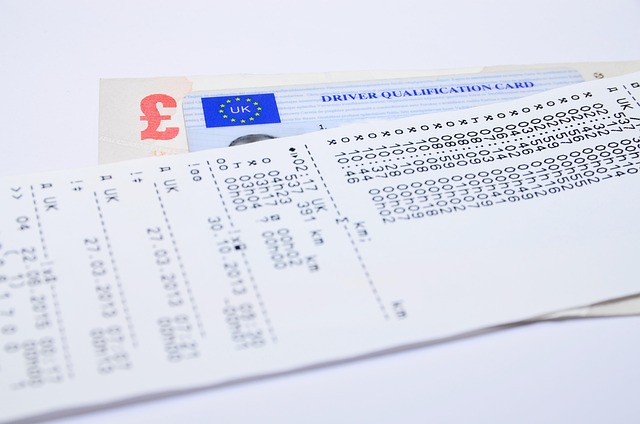Deductibles are a key factor in physical damage insurance, balancing costs and risk. Choosing higher deductibles lowers premiums but increases out-of-pocket expenses during claims, while lower deductibles boost premiums for less frequent events like natural disasters, offering peace of mind. Strategically selecting repair and replacement coverage based on property risks ensures comprehensive protection without overspending, allowing policyholders to customize their insurance to fit their budget and risk tolerance.
“Discover how deductible options empower you to customize physical damage policies, offering tailored protection for your assets. This comprehensive guide explores the fundamentals of understanding deductibles and their role in repair and replacement coverage. From navigating customization choices to optimizing policy flexibility, we delve into strategic approaches that influence claims processing and mitigate financial risks. By making informed decisions, you can enhance your safety net against unforeseen physical damage.”
Understanding Deductibles: The Basics of Repair and Replacement Coverage

Deductibles are a crucial component of physical damage insurance policies, offering policyholders tailored options for managing repair and replacement costs. Understanding deductibles is essential when customizing your coverage to fit specific needs. In simple terms, a deductible is the amount you agree to pay out-of-pocket before your insurance coverage kicks in for eligible repairs or replacements after a covered loss. By setting a deductible, insurers encourage responsible behavior and help control premium costs.
When it comes to repair and replacement coverage, deductibles allow policyholders to choose between different scenarios. A higher deductible typically results in lower monthly premiums but requires the policyholder to cover a greater portion of the initial repair or replacement cost. Conversely, a lower deductible means higher premiums but ensures the insured person pays less out-of-pocket in case of a claim. This flexibility enables individuals and businesses to balance risk and budget while ensuring they have adequate protection for unexpected physical damage events.
Navigating Customization Options for Physical Damage Policies

Navigating the customization options for physical damage policies can seem like a complex task, but it’s an essential step to ensure your insurance adequately covers your unique needs. These policies are designed to provide repair and replacement coverage for various assets, from your home to valuable belongings. When customizing, policyholders can choose specific deductibles, which act as the amount you agree to pay out of pocket before insurance kicks in. This decision is crucial as it directly impacts the financial burden during a claim.
One common customization involves adjusting the deductible amounts for different types of physical damage. For instance, you might opt for a higher deductible for flood or earthquake damage, which are typically more significant and less frequent events. Conversely, for regular wear and tear or smaller-scale incidents, choosing a lower deductible ensures faster and more affordable repairs. Understanding your risk profile and asset value is key to making informed choices, allowing you to create a policy that offers tailored protection without unnecessary expenses.
Impact of Deductible Choices on Claims and Costs

The choice of deductible amount significantly influences the financial burden associated with physical damage claims. A lower deductible means higher out-of-pocket expenses for policyholders when filing a claim, as they must cover this amount before insurance kicks in. This can be advantageous for those wanting comprehensive repair and replacement coverage, ensuring minimal personal financial impact during unexpected events like accidents or natural disasters.
However, selecting a higher deductible reduces the frequency of claims and, consequently, lowers overall insurance costs. Policyholders accepting a higher deductible should still consider their financial capacity to cover repairs without insurance assistance. Balancing deductibles against potential claim costs is key; choosing wisely can lead to substantial savings while ensuring adequate repair and replacement coverage when needed.
Strategies to Optimize Policy Flexibility and Financial Protection

When customizing physical damage policies, strategies to optimize policy flexibility and financial protection involve a delicate balance between cost and comprehensive coverage. One key approach is to carefully select repair and replacement coverage options. By understanding the specific risks associated with your property—be it natural disasters, accidents, or other perils—you can tailor these provisions to ensure adequate financial protection without overspending on unnecessary coverage.
For instance, assessing the potential for water damage from floods or leaks can guide decisions on comprehensive versus specific water damage policies. Similarly, evaluating the risk of fire and the value of personal belongings can help determine whether extended repair and replacement coverage is justified. This strategic customization allows policyholders to maintain flexibility while ensuring that their investment in their property—and its contents—is adequately protected against physical damage.
When it comes to physical damage policies, understanding deductibles is key to navigating customization options. By delving into the impact of deductible choices on claims and costs, policyholders can optimize flexibility and financial protection. In terms of repair and replacement coverage, strategic considerations enable folks to make informed decisions that best suit their needs. Ultimately, this approach ensures a robust safety net while managing potential risks effectively.
